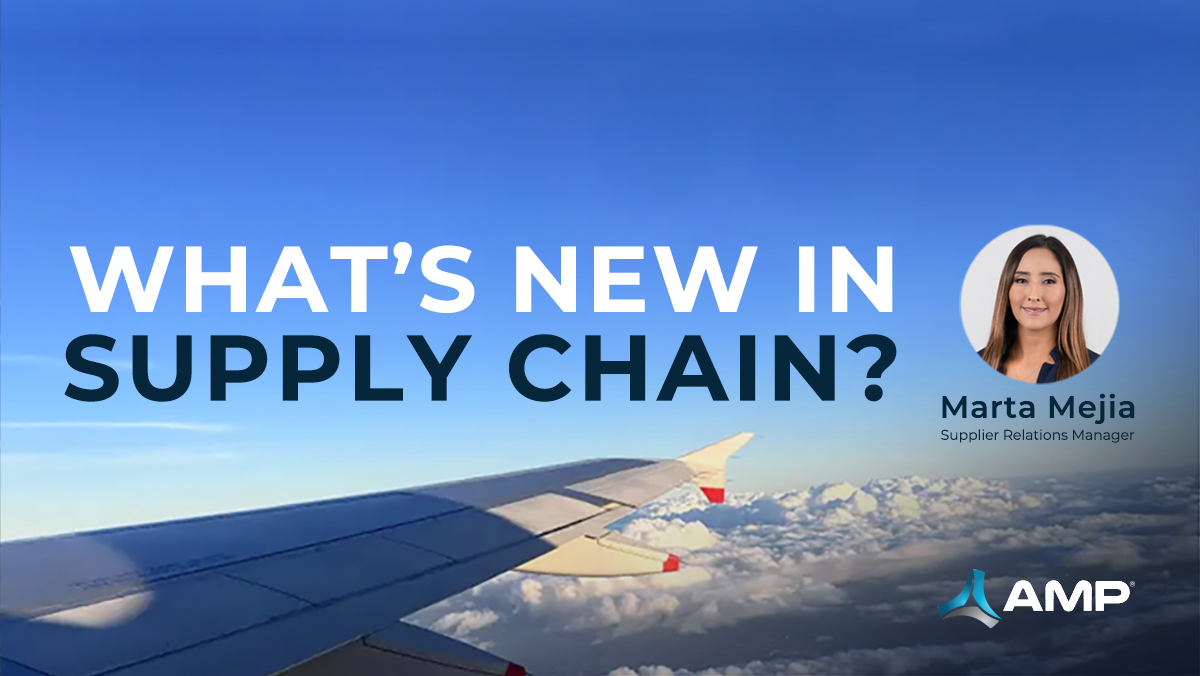By Marta Mejia
Since early 2020, both the supply chain and international trade have faced major challenges and changes.
The disruption and snowball effects of the COVID-19 crisis created pain points impacting virtually every industry. Related workforce shortages in major airports and ocean ports caused delays and bottlenecks in import and export operations. Skyrocketing freight rates resulted in higher prime matter and production costs that subsequently inflated end-user pricing and hurt the consumer’s wallet. While some of this negative impact from the pandemic still remains, new factors are also contributing instability. Of significance, Russian shipping lines have ceased operations due to the country’s war with Ukraine, stranding numerous ocean containers in the country and causing container shortages in critical European and Asian trade routes. With no visible end to the conflict, long-term consequences are likely. Already, in order to pay for the increased ocean freight rates (in some cases representing an increase upwards of 500%) caused by these shortages, many small businesses have gone into significant debt without a clear way out. Similar to what we experienced post-pandemic, the resulting rising stock material costs have left producers saddled with expensive inventory, and limited cash flow to acquire new stock.
Does this impact our industry? The answer is YES.
The aircraft industry is particularly impacted by the semiconductor shortage. In combination with the aforementioned complications in international trade, interruptions in the mining of precious metals have decimated the production of chips used in almost every industry, from aerospace to automotive to telecommunications and even healthcare. If microchips are more expensive, then airplane parts are more expensive and aircraft maintenance is more expensive…and, at the end of the day, these higher costs make airline tickets more expensive.
When will this disruption end?
Many experts predict that we will never return to what was considered “normal” prior to 2020. There is ongoing unease that we could be one minor crisis away from a situation as dire as what was seen in the early days of the COVID pandemic. (For instance, we cannot forget the chaos caused when the Ever Given container ship was run aground in March 2021, blocking the passage of other ships in the Suez Canal for six days!). However, we ARE seeing some positive trends. Freight prices seem to be stabilizing. And, actions are being implemented by top players in foreign trade to be better prepared for the next crisis. For instance, shipping lines are purchasing airplanes to take part in the global airfreight business, and big stores are even chartering their own airplanes and steamships to move their goods so they are not dependent on a freight forwarder or third party logistics provider. With smart planning, hopefully the supply chain will be less vulnerable to threats, and quicker to recovery from any that do occur.

